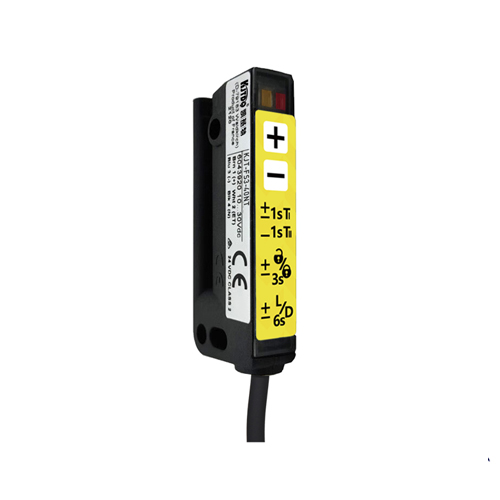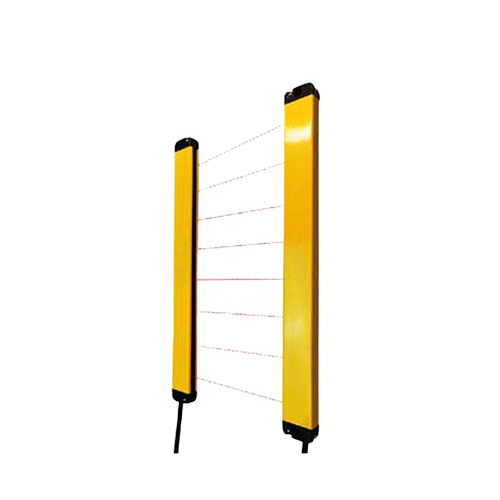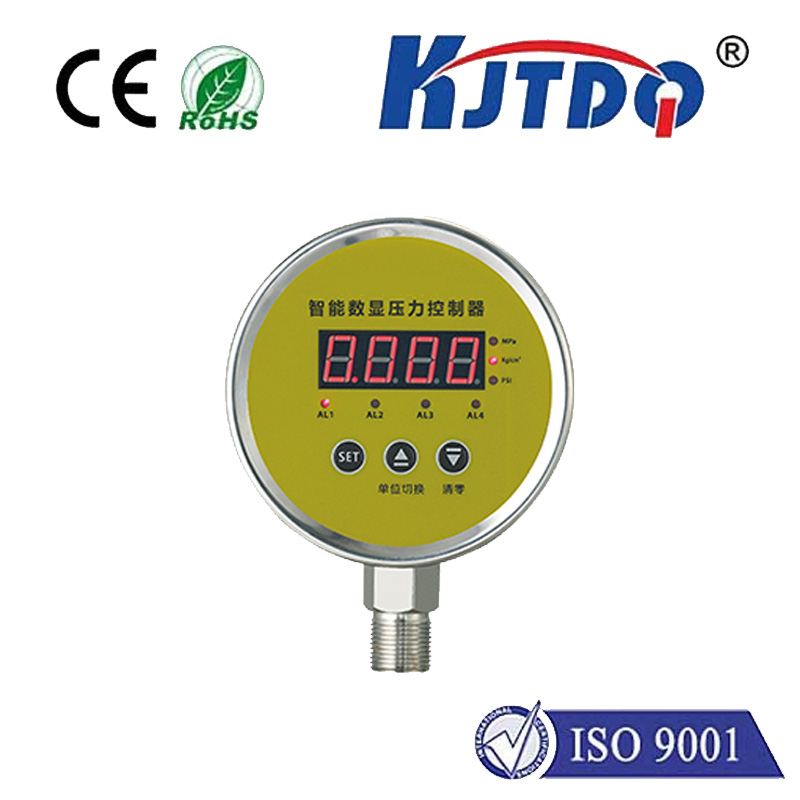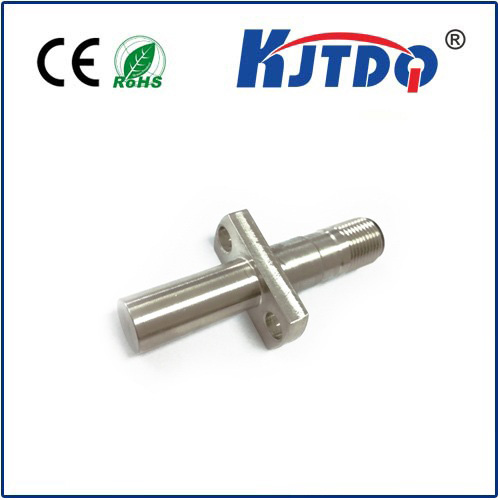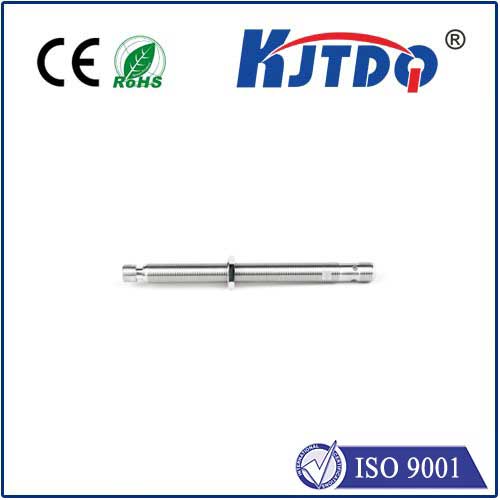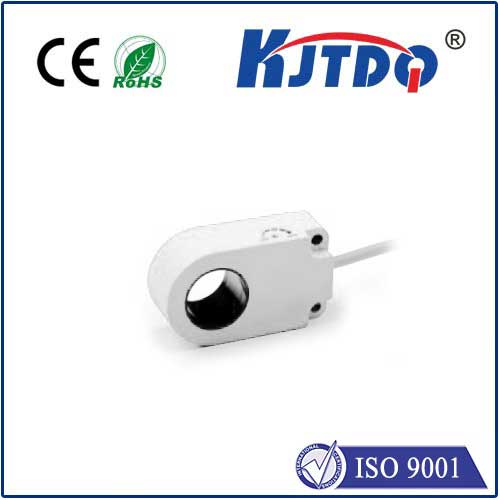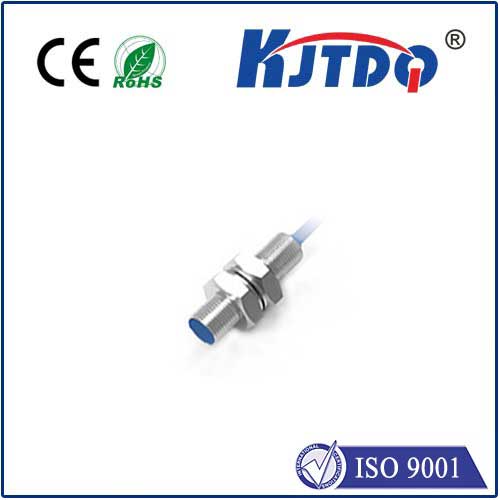uv photodiode sensor
- time:2025-08-13 16:27:24
- Click:0
UV Photodiode Sensors: Your Guide to Invisible Light Detection
Where’s the UV? It’s a question relevant to sun safety, industrial processes, water purification, and even flame detection. While invisible to the human eye, ultraviolet (UV) radiation significantly impacts our world, demanding precise measurement. This is where the specialized, robust UV photodiode sensor becomes indispensable. Unlike its visible-light counterparts, this sensor is engineered to deliver accurate and reliable detection within the crucial UV spectrum, making it a cornerstone of modern sensing technology.
Understanding the Core Technology: How UV Photodiodes Work
At their heart, UV photodiode sensors operate on the fundamental principle of the photoelectric effect. When UV photons strike the sensor’s semiconductor material (typically silicon carbide - SiC, gallium nitride - GaN, or specially filtered silicon - Si), they transfer their energy to electrons within the material. If this energy is sufficient to overcome the material’s bandgap energy, it liberates electrons, creating pairs of free electrons and “holes” (positive charge carriers).
These liberated charge carriers generate a photocurrent proportional to the intensity of the incident UV light. Crucially, the choice of semiconductor material defines the sensor’s spectral response:

- Silicon (Si): Naturally sensitive to visible and near-IR light. To function effectively as a UV sensor, Si diodes require specialized filtering (e.g., sapphire windows, specific coatings) or structural modifications to block unwanted longer wavelengths and enhance UV response.
- Silicon Carbide (SiC) & Gallium Nitride (GaN): These wide-bandgap semiconductors possess an inherent “solar blindness” or high “visible blindness.” Their bandgap energy is larger than the energy of photons in the visible spectrum, meaning they are intrinsically insensitive to visible light. They respond primarily to UV radiation without requiring complex external filtering, making them highly selective for specific UV bands (like UVC germicidal wavelengths).
Key Characteristics Defining Performance
Selecting the right UV photodiode sensor requires understanding its critical performance parameters:
- Spectral Response: This defines the specific wavelengths of UV light (UVA, UVB, UVC) the sensor can detect. GaN and SiC sensors excel in narrowband UVC detection.
- Responsivity: Measured in Amperes per Watt (A/W), this indicates how effectively the sensor converts incident UV light power into electrical current. Higher responsivity translates to greater sensitivity.
- Dark Current: The small current that flows even in the absence of light. Minimal dark current is vital for detecting low-level UV signals accurately, especially in critical applications like flame detection.
- Quantum Efficiency (QE): The percentage of incident photons that successfully generate an electron-hole pair. High QE in the target UV range maximizes signal output.
- Noise Equivalent Power (NEP): The minimum detectable optical power where the signal equals the sensor’s noise level. Low NEP indicates superior ability to detect faint UV signals.
- Response Time: How quickly the sensor reacts to changes in UV light intensity, crucial for high-speed applications.
Where UV Photodiode Sensors Illuminate Applications
The unique capabilities of UV photodiode sensors power diverse and critical applications:
- UV Light Monitoring & Dosimetry: Precisely measuring UV output from sources like tanning beds, curing lamps (used in printing and electronics manufacturing), and phototherapy equipment ensures safety and process control. Wearable UV dosimeters track personal sun exposure.
- Flame Detection: Hydrocarbon flames emit specific UV radiation signatures, especially in the UVC band. UV sensors provide extremely fast flame detection with high immunity to false alarms from sunlight or hot surfaces, essential for industrial safety (gas turbines, refineries).
- Germicidal UVC Monitoring: Validating the intensity of UVC lamps used in air, water, and surface disinfection systems (e.g., hospitals, water treatment plants) is critical for ensuring effective pathogen elimination.
- Environmental Sensing: Measuring UV index for weather forecasting and public health advisories. Monitoring UV levels in environmental research related to ozone layer depletion. Detecting UV signatures in pollutant monitoring.
- Analytical Instrumentation: Used in spectrophotometers, HPLC detectors, and other lab equipment for analyzing samples based on their UV absorption characteristics.
- Lithography & Semiconductor Processing: Monitoring UV light sources critical for precise photolithography steps in chip manufacturing.
Why UV Photodiodes Stand Out: Key Advantages
Several factors solidify the role of UV photodiode sensors as the preferred solution:
- Solid-State Reliability: No moving parts, leading to long operational life, shock resistance, and low maintenance.
- Compact Size: Easily integrated into small devices and systems.
- Fast Response: Capable of detecting rapid changes in UV intensity.
- Spectral Selectivity: Especially GaN/SiC variants offer excellent rejection of visible and IR light without complex filters.
- Cost-Effectiveness: Relatively inexpensive compared to other UV sensing technologies like photomultiplier tubes (PMTs), while offering sufficient performance for most applications.
- Low Voltage Operation: Generally compatible with standard electronic circuits.
Selecting the Right Sensor: Critical Considerations
Choosing the optimal UV photodiode sensor involves balancing requirements:
- Target Wavelength: Is detection needed for UVA, UVB, UVC, or broadband? GaN/SiC excel in UVC (<280 nm).
- Required Sensitivity: Determine the minimum detectable UV intensity level. This impacts choices related to active area and responsivity.
- Ambient Light Conditions: Will significant visible or IR background light be present? Intrinsically solar-blind sensors (GaN/SiC) or well-filtered Si sensors are essential.
- Operating Environment: Consider temperature range, humidity, and potential exposure to harsh chemicals.
- Speed Requirement: How fast must the sensor respond to changes? Shallow junction diodes offer faster speed.
- Optical Interface: The window material (e.g., quartz for UV transmission) and any filtering significantly impact performance.
From safeguarding industrial facilities with near-instantaneous flame detection to ensuring the potency of life-saving disinfection systems, the UV photodiode sensor operates silently yet critically. Understanding its specialized operation, key specifications, and diverse application landscape empowers engineers and designers to harness the power of ultraviolet light effectively and reliably. As UV-based technologies continue to evolve, the demand for high-performance, robust UV detection remains firmly anchored on the capabilities of these sophisticated sensors.












